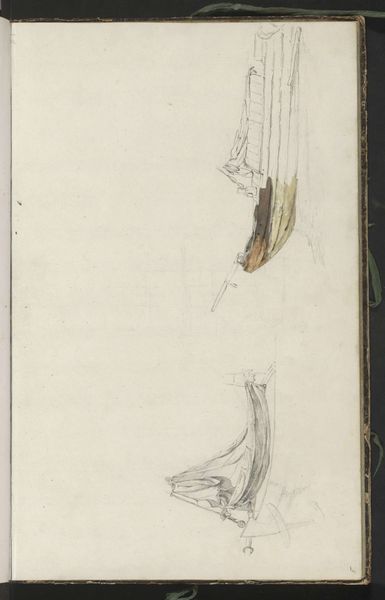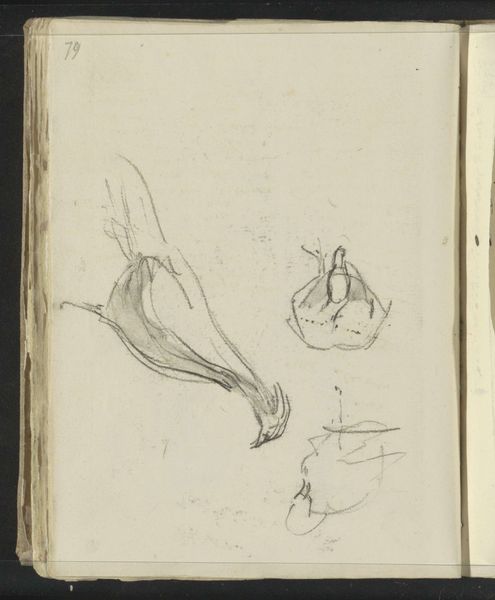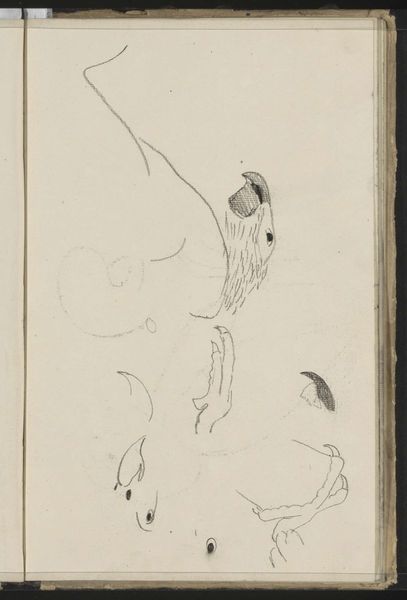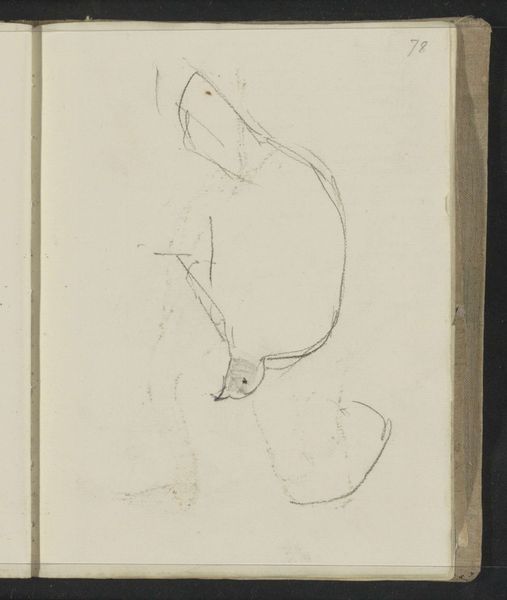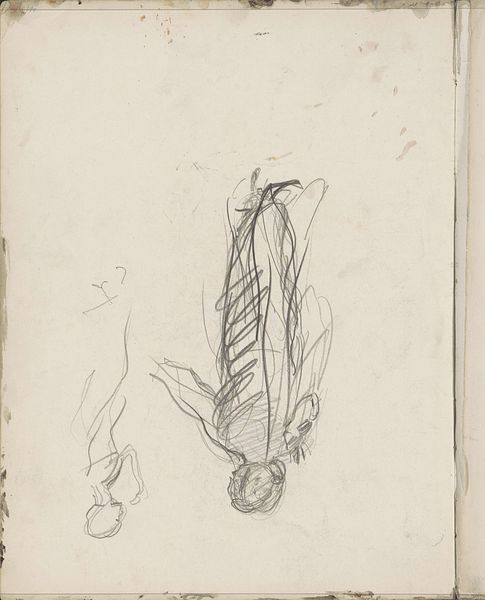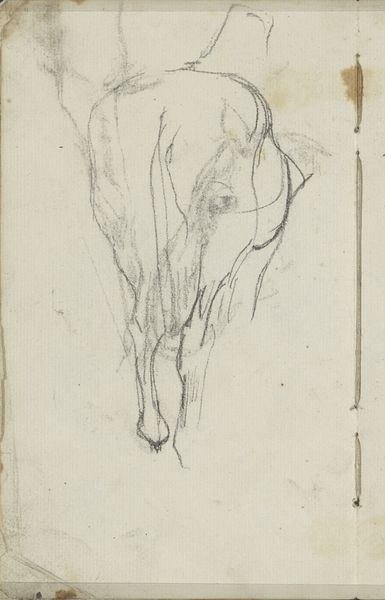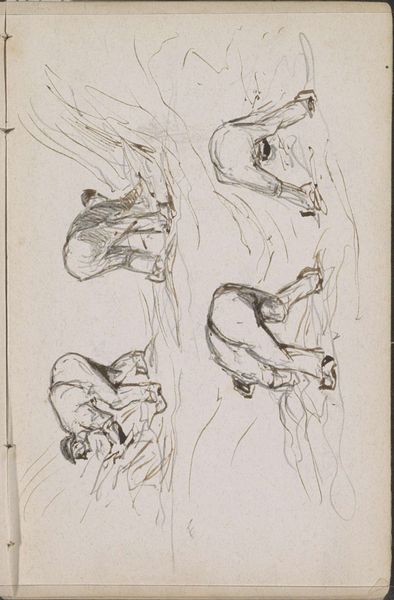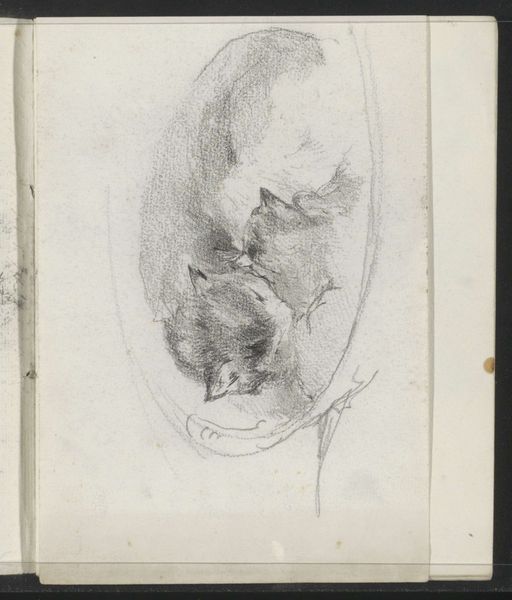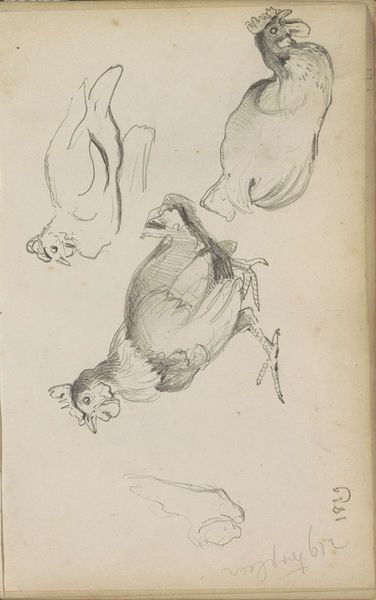
drawing, pencil, graphite
#
drawing
#
quirky sketch
#
pen sketch
#
sketch book
#
figuration
#
personal sketchbook
#
sketchwork
#
ink drawing experimentation
#
sketch
#
pen-ink sketch
#
pencil
#
graphite
#
sketchbook drawing
#
storyboard and sketchbook work
#
sketchbook art
Copyright: Rijks Museum: Open Domain
This sketch of a bird, possibly a heron, was made by Floris Arntzenius in the late 19th or early 20th century. It employs humble materials: graphite, charcoal, and perhaps a touch of watercolor on paper. Arntzenius’s quick, assured lines capture the essence of the bird’s form, emphasizing its lean stature. The graphite softly models the body, while charcoal adds depth and shadow. Notice the reddish-brown watercolor accents, which hint at the bird's coloration. The artist’s hand is evident in the economy of strokes. He skillfully suggests texture and volume with minimal effort, indicative of the direct, unpretentious approach that was typical of the Hague School. This sketch is less about high art and more about the artist's process, the immediate experience of observing and recording nature. It reminds us that art need not be grandiose to be meaningful. The true value lies in the artist’s engagement with the material and the world around him.
Comments
No comments
Be the first to comment and join the conversation on the ultimate creative platform.
